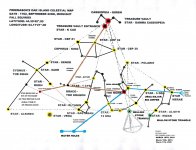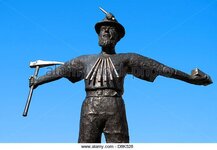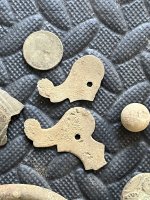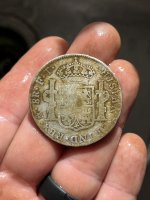DaveVanP
Sr. Member
- Oct 5, 2018
- 375
- 680
- Detector(s) used
-
Minelab XTerra 705
Fisher F44
- Primary Interest:
- Prospecting
There is no riddle, it has been proven that the Portuguese brought coconuts to the so-called New World in 1499: Not Templars or Swallows.
Cheers, Loki
Peter Martyr wrote of American coconuts in his "Decades" published in 1511. He describes them as being well-established, and found "throughout the land" Martyr specifically references Hispanola, Panama, San Juan (Puerto Rico), and Santo Domingo - all SPANISH possessions, not Portuguese - Well-known to the natives, who referred to the tree as "coca", they used thatch from the fronds to roof their dwellings, and wove cloth from the fibers.
Martyr describes them as "date trees" (the ONLY type of palm familiar to Europeans), yet he describes the fruits of these "date trees" to be "as big as a man's head, and are broken when pounded upon; to release sweet milk and white meat"...sounds like coconuts.
Considering Martyr's information had been gathered over several years before writing of it in 1511, how prolific would coconut palms have been to spread "throughout the land" - particularly in lands not controlled by the Portuguese - in what must have been less than 10 years?











